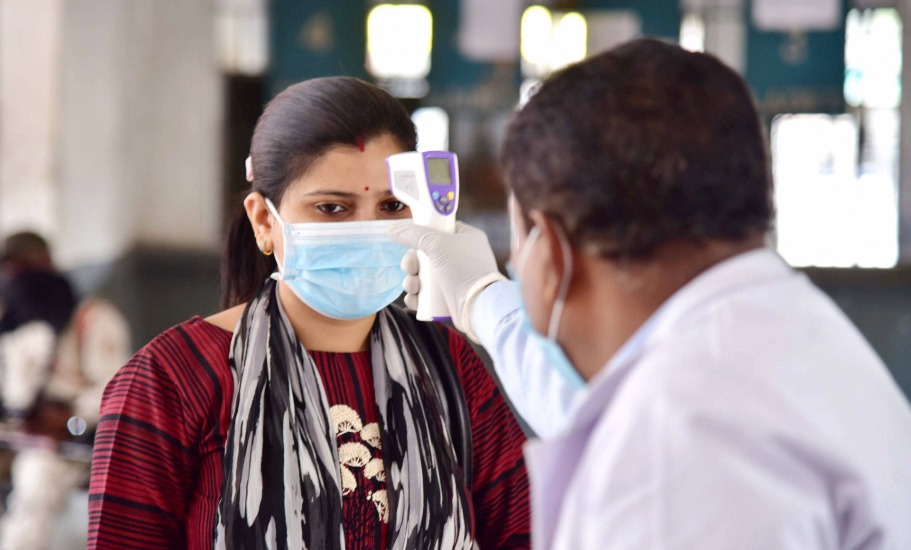
6,767 new COVID-19 cases reported in India, highest single-day spike so far
COVID-19 cases in India saw the biggest spike for the third consecutive day on Sunday with 6,767 new infections reported in the last 24 hours, taking the tally to 1,31,868, according to the Union Health Ministry.

COVID-19 cases in India saw the biggest spike for the third consecutive day on Sunday (May 24) with 6,767 new infections reported in the last 24 hours, taking the tally to 1,31,868, according to the Union Health Ministry.
Meanwhile, the death toll due to the disease rose to 3,867 after 147 more fatalities.
The active cases of the coronavirus disease rose to 73,560, while 54,440 people have recovered and a patient has migrated to another country, according to the ministry’s bulletin. The total number of confirmed cases of the novel coronavirus includes foreigners.
“Thus, around 41.28 per cent patients have recovered so far,” a Health Ministry official said.
Of the 147 deaths reported since Saturday (May 23) morning, 60 were in Maharashtra, 27 in Gujarat, 23 in Delhi, nine in Madhya Pradesh, seven in Rajasthan, five in Tamil Nadu, four each in West Bengal and Telangana, three in Uttar Pradesh, and one each in Andhra Pradesh, Jammu and Kashmir, Karnataka, Uttarakhand, and Jharkhand.
Related news | In a pandemic, survival is the biggest achievement
Of the total death toll of 3,867, Maharashtra tops the tally with 1,577 deaths, followed by Gujarat at 829, Madhya Pradesh at 281, West Bengal at 269, and Delhi at 231.
More than 70 per cent of the deaths are due to comorbidities, according to the ministry’s website.
The highest number of confirmed cases in the country are from Maharashtra at 47,190, followed by Tamil Nadu at 15,512, Gujarat at 13,664 and Delhi at 12,910.
As many as “2,338 cases are being reassigned to states,” the ministry said on its website, adding that, “Our figures are being reconciled with the ICMR.”
Related news | Waiting for the bell: COVID-19 and uncertain face of global education
Statewide distribution is subject to further verification and reconciliation, it said.
As part of the measures taken to control the spread of COVID-19, Union health secretary Preeti Sudan spoke to officials from municipal areas in a high-level meeting about the factors that need to be taken into consideration while mapping the containment zones and buffer zones.
Last week, the union health ministry transferred powers to the state to mark administrative areas as red, orange, and green zones. Earlier, the districts were classified as red, orange or green zone as a whole by the health ministry.
In the containment and buffer zones within – ranging from a single building to an entire city – authorities have to ensure perimeter control, active search for cases through door-to-door surveillance, and monitoring of influenza-like illnesses and severe acute respiratory illness.

